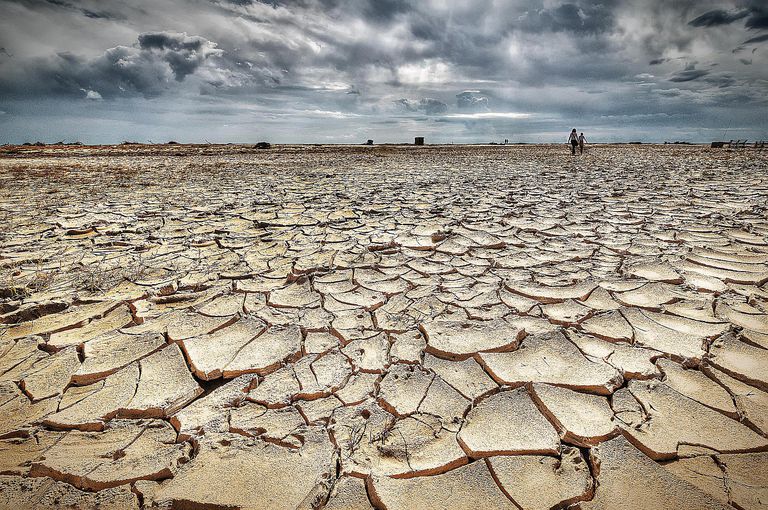According to the experts, Pakistan will have miniscule water resources in 2025 and it will face severe droughts. That is a distressing development for a country majorly dependent upon agriculture.
A recent study shows that at the rate Pakistan is consuming water, it will run out of all its water resources by 2025.
There are serious chances of the land of Pakistan turning into a similar state as that of Thar Desert. Water for even drinking purposes is said to be in serious shortage.

What Are The Reasons Behind It?
For starters, Pakistan is a developing country which has almost always been bereft of sincere leadership and an effective political world. As the experts have deduced, “There is a tremendous impact of corruption in this country and the water systems as well.”
The political condition of this country is in devastating shambles. Major heed that is demanded by this upcoming crisis is nowhere to be found if one takes a look at the country’s administration. Even the media hesitates to cover such an important subject that could disintegrate the entire economy of Pakistan.
India’s Role In This Crisis
Its neighboring country India plays a considerable part of Pakistan’s impending and almost inevitable water crisis in the near future.
According to Indus Waters treaty – a water distribution treaty between India and Pakistan, signed by both presidents in 1960 – three “eastern” rivers the Beas, the Ravi and the Sutlej were given to India’s control.
The “western” rivers that are named after the Indus, the Chenab, and the Jhelum under the control of Pakistan.
India, however, has resorted to illegal construction of dams and reservoirs which has blocked about 65% of the water lawfully allotted to Pakistan.
Statistics
Pakistan has the fourth highest rate of water use in the world according to a research. 69% of this water is used for agriculture purposes, 23% for industrial purposes and 8% for domestic use.
Agriculture having the largest share shoulders a major part of the country’s economy. About 60% people in this country are directly or indirectly dependent upon agriculture as a profession.

Pakistan has only two large and functioning dams: Mangla and Tarbela. Nearly all of the country’s energy consumption and requirements are fulfilled through them.
Mass droughts awaiting this agricultural land are a threat to the country’s survival in the world. Unless the leaders take efficient and prudent steps towards a quick enough solution, the future is pretty bleak for Pakistan.



